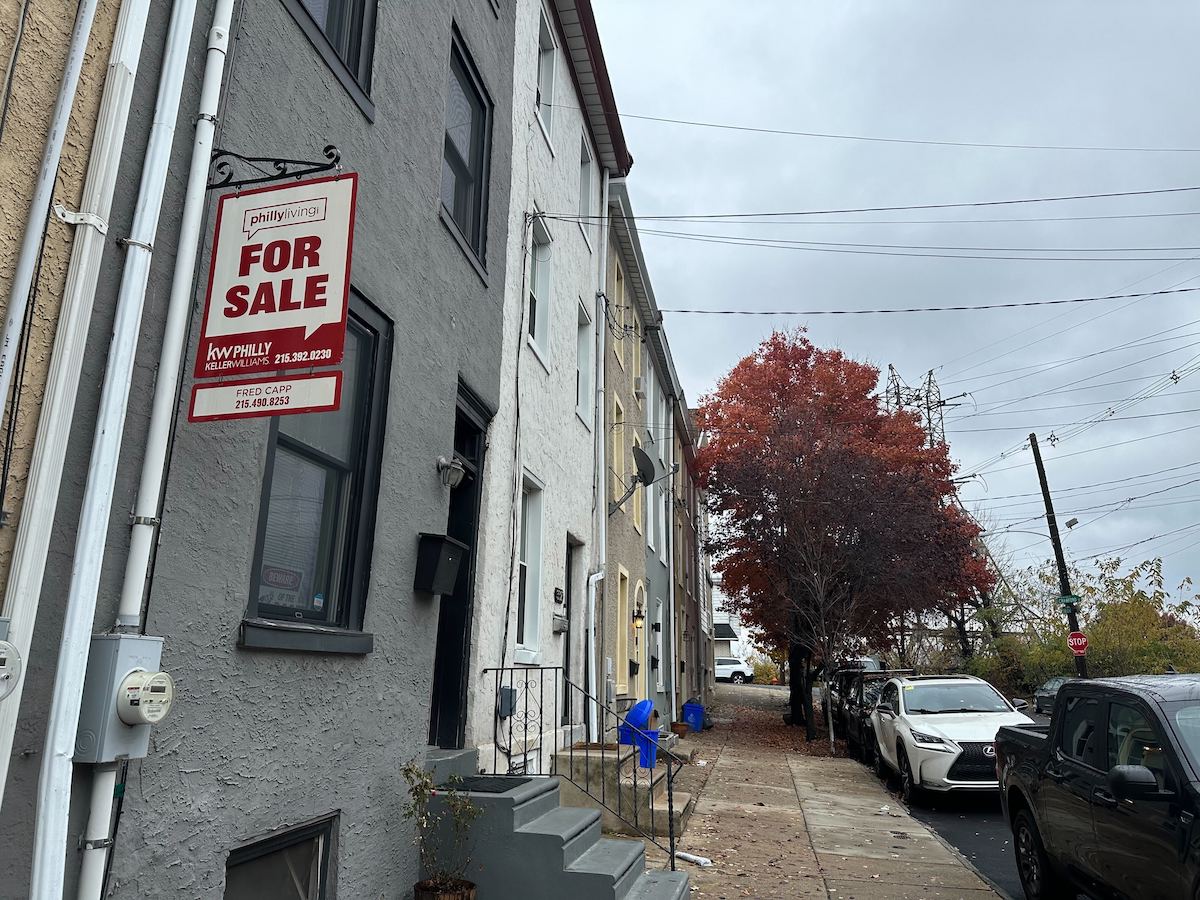
In 2000, low-cost homes — priced at $100,000 or less — accounted for about half of all transactions made by so-called “traditional” purchasers. These are people who used a mortgage to buy a home.
By 2021, that figure had plummeted to 3%.
During the same span, more expensive homes — priced at $400,000 or more — rose from 3% of all transactions to 23%.
“We did see an increase in high-income borrowers in the city of Philadelphia compared to 2000,” said Howell.
These trends appear to be impacting who can access homeownership.
According to the report, the number of Asian borrowers rose 157% between 2000 and 2021. During the same period, the number of Hispanic borrowers increased 48% while the number of white borrowers increased by 8%.
The city’s Black population had fewer borrowers, however. The number of mortgages issued dropped 25% during a time when the number of Black residents in the city remained relatively unchanged.
“One of the things we were interested in this research is understanding how the market changes were impacting individuals, and there’s this question of, ‘Are people continuing to be able to access the market?’ And for Black households in particular, the answer seems to be not quite so much,” said Howell.
The Pew report does not delve into the reasons why. It does note that the number of Black residents applying for a mortgage dropped 64% between 2005 and 2019 — more than any other racial or ethnic group, according to an analysis by the Delaware Valley Regional Planning Commission.
Lenders offering conventional mortgage loans have historically favored white applicants over Black applicants. A report published by the Federal Reserve Bank of Philadelphia in 2021 found that Black mortgage applicants were nearly three times more likely to be denied by lenders than white applicants that year.
Many Black applicants were rejected because of their credit history. Researchers have also traced the disparity to low credit scores, debt-to-income ratio and the lingering impacts of redlining. The discriminatory practice dates back to the 1930s and saw mortgage lenders deny loan requests based on race.

Post a Comment